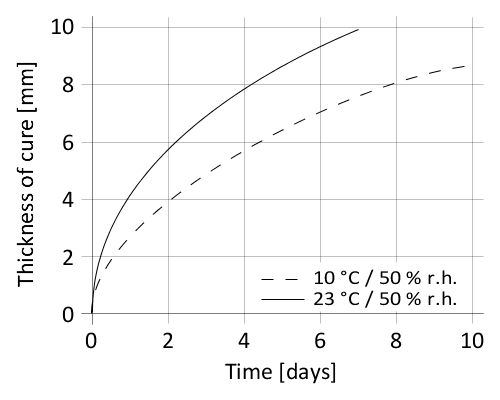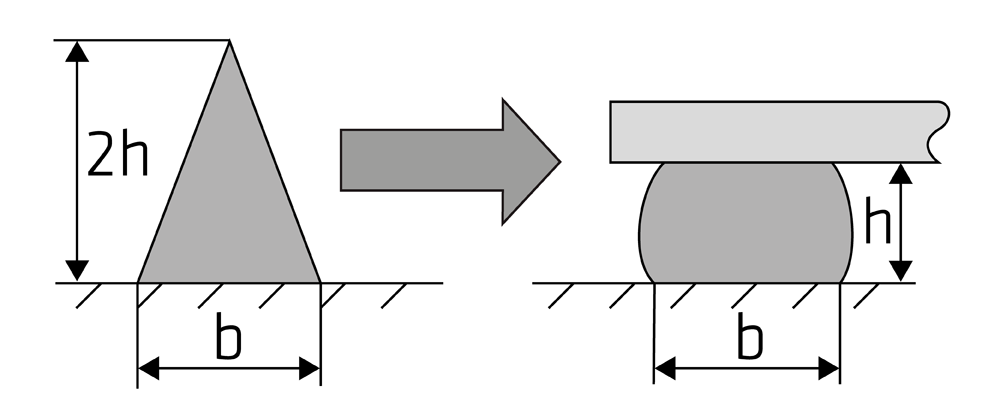Direct glazing adhesive for glass windows in the ship building industry Sikaflex-296 is a high performance elastic gap-filling 1-C polyurethane direct glazing adhesive that cures on exposure to atmospheric moisture. It is suitable for almost all kind of minearal glazing application in the ship building industry.
Sikaflex-296 meets the regulations set out by the International Maritime Organization (IMO). - Resistant to ageing and weathering
- Excellent working characteristics
- Solvent- and PVC-free
- Low odour
- Suitable for manual and pump applications
- Black primerless application possible
- Wheelmark approved
|
PRODUCT BENEFITS - Resistant to ageing and weathering
- Excellent working characteristics
- Solvent- and PVC-free
- Low odour
- Suitable for manual and pump applications
- Black primerless application possible
- Wheelmark approved
Usage Sikaflex-296 is designed for direct glazing applications in both the OEM and repair Marine markets. It is suitable for use with all types of mineral glass-based windows used in Marine. Before installing laminated safety glasses, which incorporate heating elements in the PVB sandwich layer, contact Sika’s Technical Service Department for advice. Sikaflex-296 can be tooled to a very fine finish and is suitable for exposed joints. Seek manufacturer’s advice and perform tests on original substrates before using Sikaflex-296 on materials prone to stress cracking. Sikaflex-296 is suitable for experienced professional users only. Test with actual substrates and conditions have to be performed to ensure adhesion and material compatibility. |
Typical Product Data| Chemical base | | 1-component polyurethane | | Colour (CQP001-1) | | Black | | Cure mechanism | | Moisture-curing | | Density (uncured) | | 1.2 kg/l | | Non-sag properties | | Very good | | Application temperature | ambient | 10 ─ 35 °C | | Skin time (CQP019-1) | | 45 minutes A | | Open time (CQP526-1) | | 30 minutes A | | Curing speed (CQP049-1) | | See diagram 1 | | Shrinkage (CQP014-1) | | 1 % | | Shore A hardness (CQP023-1 / ISO 48-4) | | 45 | | Tensile strength (CQP036-1 / ISO 527) | | 6 MPa | | Elongation at break (CQP036-1 / ISO 527) | | 450 % | | Tear propagation resistance (CQP045-1 / ISO 34) | | 14 N/mm | | Tensile lap-shear strength (CQP046-1 / ISO 4587) | | 4.5 MPa | | Insulation resistance (CQP079-2 / DIN IEC 60167) | | 108 Ω cm | | Service temperature (CQP509-1 / CQP513-1) | | -40 ─ 90 °C | | Shelf life | cartridge / unipackdrum / pail | 9 months B 6 months B |
| CQP = Corporate Quality Procedure | A)23 °C / 50 % r. h. B)storage below 25 °C |
|
Technical Information CURE MECHANISM Sikaflex-296 cures by reaction with atmospheric moisture. At low temperatures the water content of the air is generally lower and the curing reaction proceeds somewhat slower (see diagram 1). 
Diagram 1: Curing speed Sikaflex-296
CHEMICAL RESISTANCE Sikaflex-296 is generally resistant to fresh water, seawater, diluted acids and diluted caustic solutions; temporarily resistant to fuels, mineral oils, vegetable and animal fats and oils; not resistant to organic acids, glycolic alcohol, concentrated mineral acids and caustic solutions or solvents.
|
Application Information Surface Preparation Surfaces must be clean, dry and free from grease, oil, dust and contaminants.
Surface treatment depends on the specific nature of the substrates and is crucial for a long lasting bond. Suggestions for surface preparation may be found on the current edition of the appropriate Sika Pre-treatment Chart. Consider that these suggestions are based on experience and have in any case to be verified by tests on original substrates. Application Sikaflex-296 can be processed between 10 and 35 °C (climate and product) but changes in reactivity and application properties have to be considered. The optimum temperature for substrate and adhesive is between 15 °C and 25 °C.Consider the viscosity increase at low temperature. For easy application, condition the adhesive at ambient temperature prior to use. To ensure a uniform thickness of the bondline it is recommend to apply the adhesive in form of a triangular bead (see figure 1). 
Figure 1: Recommended bead configuration Sikaflex-296 can be processed with hand, pneumatic or electric driven piston guns as well as pump equipment. The open time is significantly shorter in hot and humid climate. The glass must always be installed within the open time. Never join bonding parts if the adhesive has built a skin. For advice on selecting and setting up a suitable pump system, contact the System Engineering Department of Sika Industry. Tooling and finishing Tooling and finishing must be carried out within the skin time of the product. It is recommended using Sika Tooling Agent N. Other finishing agents must be tested for suitability and compatibility prior the use. Removal Uncured Sikaflex-296 can be removed from tools and equipment with Sika Remover-208 or another suitable solvent. Once cured, the material can only be removed mechanically. Hands and exposed skin have to be washed immediately using hand wipes such as Sika Cleaner-350H or a suitable industrial hand cleaner and water. Do not use solvents on skin! |
The above design is only a sample of the options available, for reference purposes only. Our policy of continuous improvement may result in a change of specifications without notice. If any discrepencies might be between the data sheet values and standards, we reserve the rights to make technical changes. Our company will not be held responsible, as all or any of pictures, drawings, weights and dimensions details or other elements in this document are only indicative and must not be considered contractual. Contact our sales team for other specifications or custom made products.
Contact our sales team for other specifications or custom made products.




